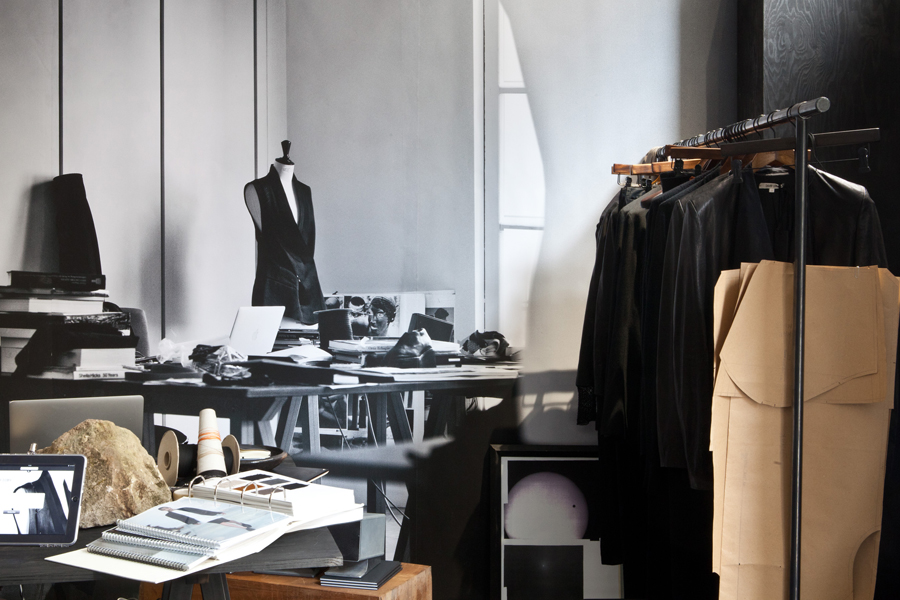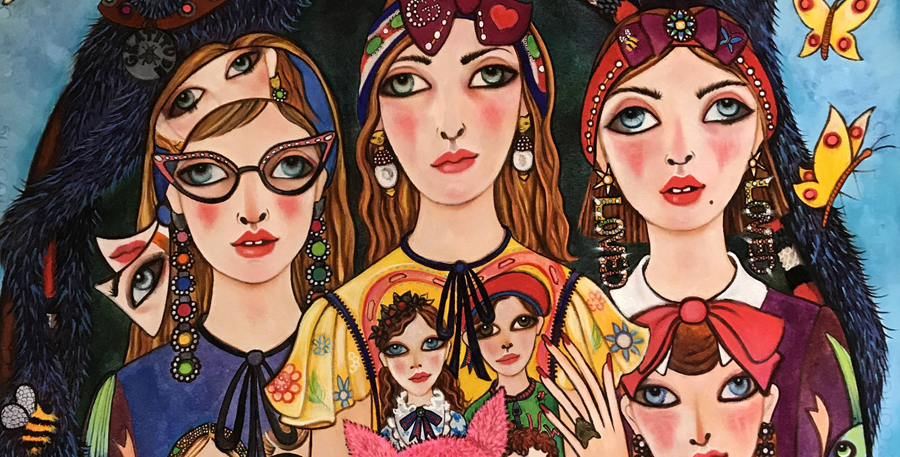Sketches by Thom Browne
“I like there to be something light or funny or ironic or provocative in the work, entertaining without being too intellectual,” said the man who has shown clothes on models rising from coffins, has staged his shows as circuses or synchronized swimming spectacles or even a mock Amish barn-raising held inside a tennis club in the stylish 16th arrondissement in Paris.
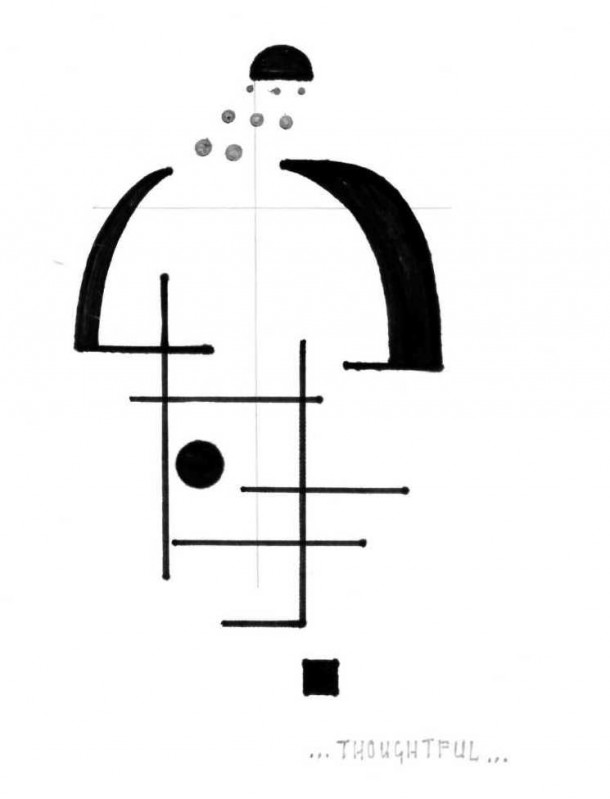
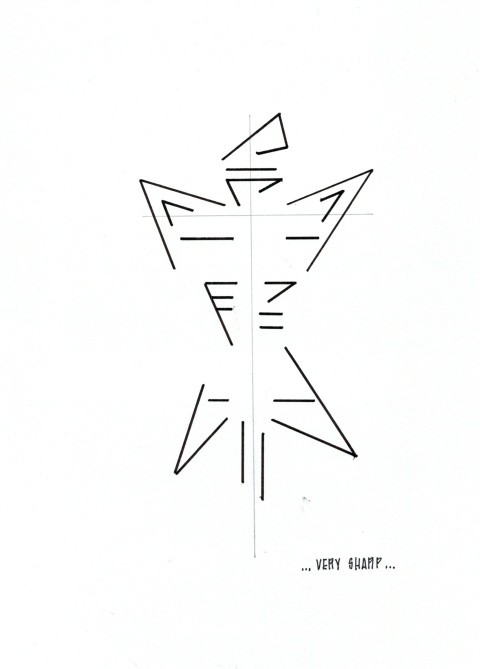
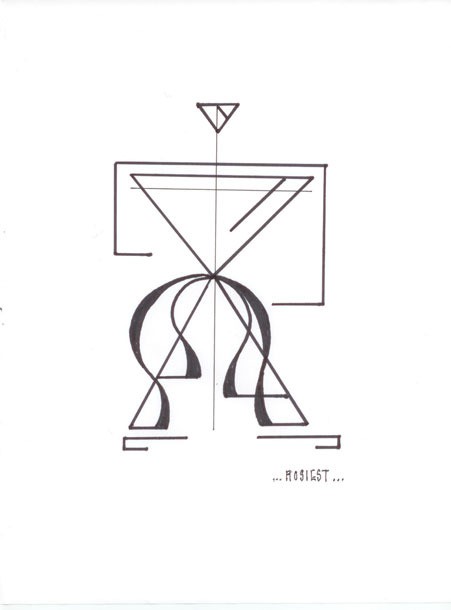
“Some people when they see my shows leave saying, ‘Who would wear that?’ ” Mr. Browne said. In reality, his clothes can be wearable and classical.
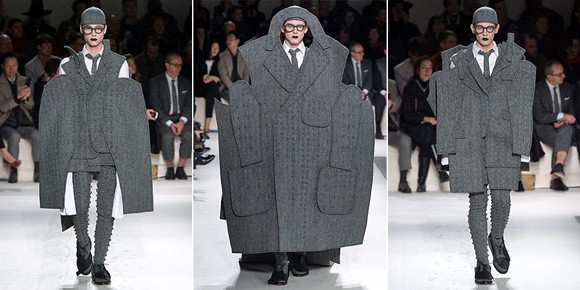
“I want to put concepts in front of people that make them laugh or smile or even hate what I do,” he said. “I’m not interested in just putting clothes in stores". But in seeming paradox, the designer, whose hair is shorn with military precision, estimates that he sells 80 to 90 percent of his show pieces.
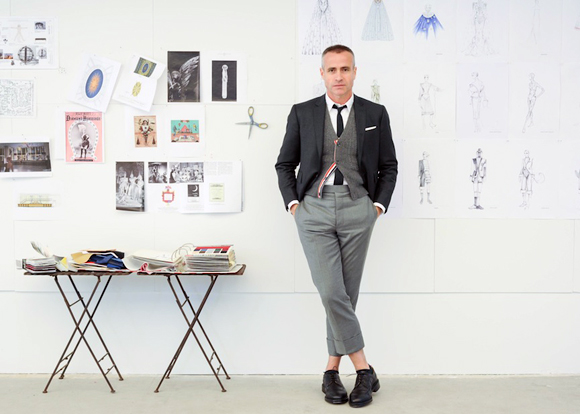
The Browne children’s wardrobe, however — gray flannel slacks and jackets for winter; navy blazers and khaki trousers in the summer — undoubtedly inspired the designer’s aesthetic.
“The most important thing for me is to make interesting clothes that are really well-made. That will always be fashionable.”
“Everyone told me to lengthen the jackets and do something with the trousers. I don’t know why people thought it was so provocative, because it’s evolved into something so much more specific now.”
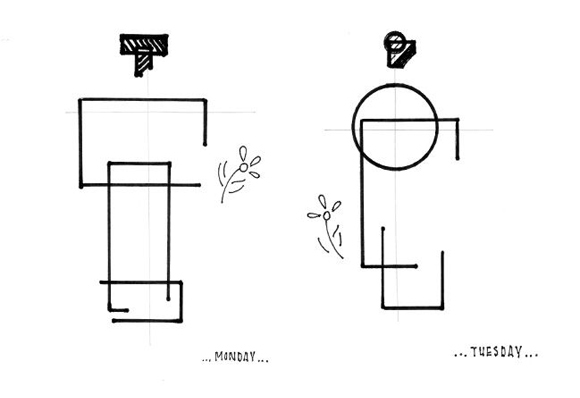
Mr. Browne deliberates a lot about clothes. That, in fact, is about all the whole of his process. The stereotypes of designers surrounded by bolts of fabric or mood boards or flighty assistants don’t fit a man who, though he sketches competently, is not trained in fashion, cannot drape or sew, and who claims to have learned everything he knows about men’s wear from Rocco Ciccarelli, the septuagenarian tailor who owns the factory where his clothes are made, although surely he picked up a tip or two during stints in the 1990s working for Armani and Club Monaco.
When designing, Browne skips putting together a mood board. “It’s really going straight to making clothes. I conceptually sketch — almost like stick drawings — how I like the proportions to actually play with each other. And then the story sometimes happens very early on, or it happens later. There are always loose references, never something literal. But the most important thing is starting with the idea of playing with proportions.”
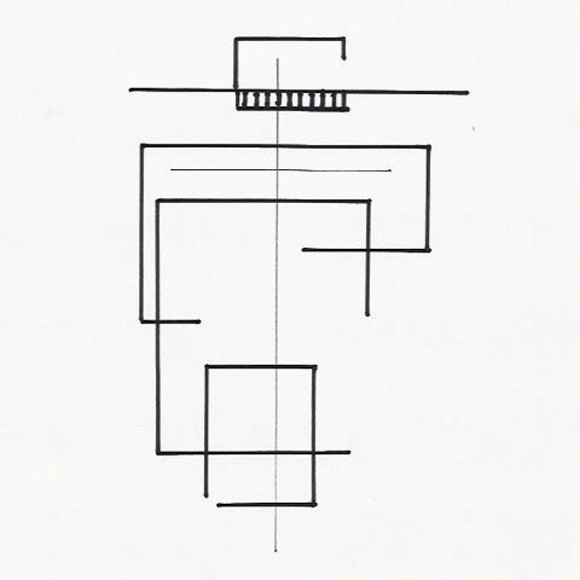
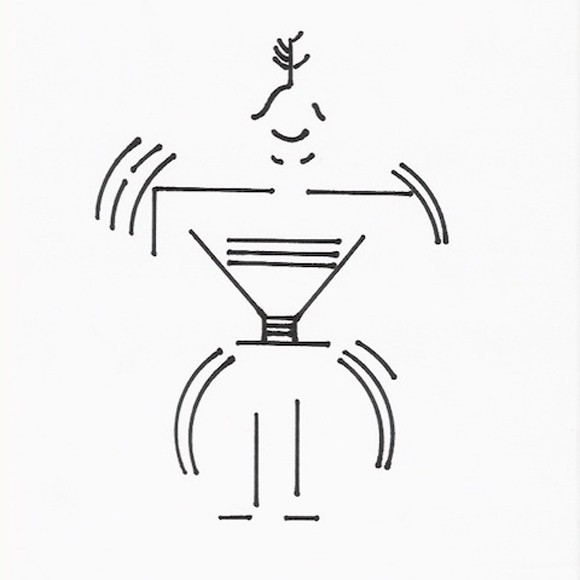
But at the same time as he aims to broaden his business, Browne cautions that “the most important thing is to really be true to yourself. I think sometimes young designers want to please too many people, or they want to do what is out there now, as opposed to trying to create something on their own. But if you’re going to do something that’s going to make a difference or be important enough to be around for a long time, you really have to stay true to what you set out to do.”
